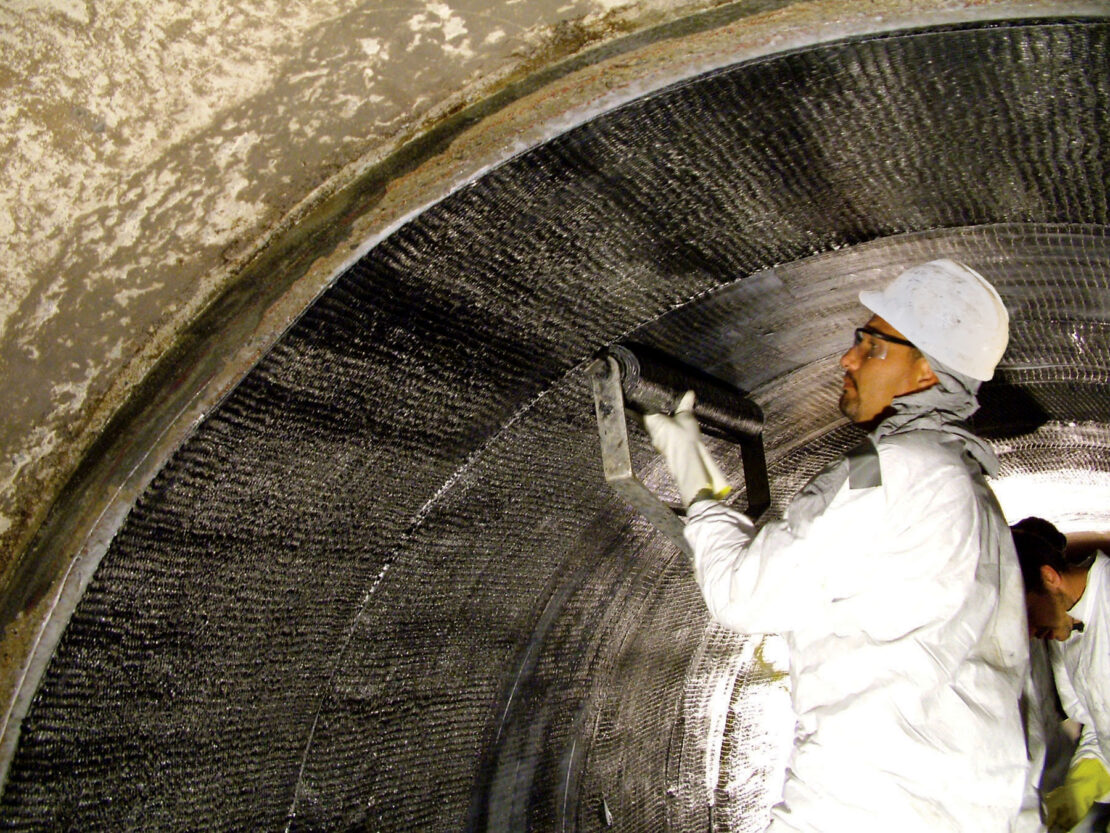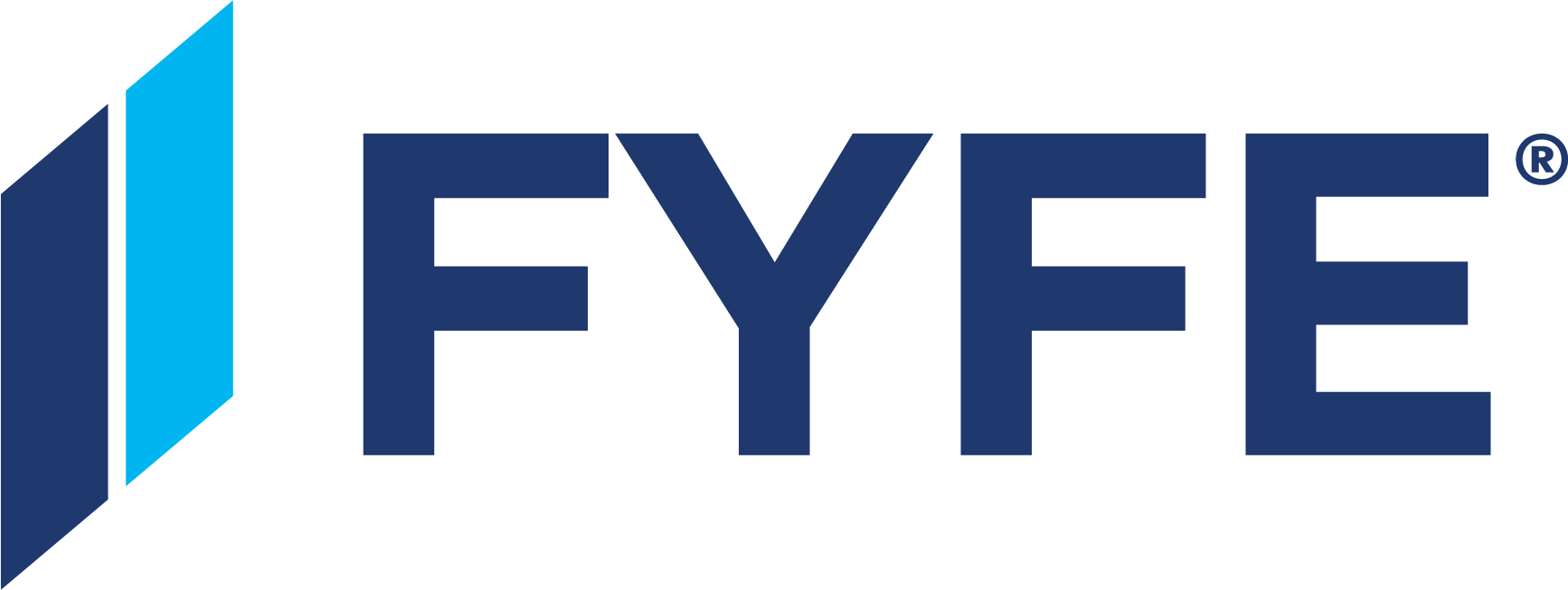Our Top 10 Most Frequently Asked Questions
1. What is Fyfe FRP?
Fyfe FRP is a US-based company, that started in San Diego, CA in 1988. We are a manufacturer of FRP products under the brand name Tyfo®, that are made in the USA. We provide our technical expertise and in-house FRP design capabilities to engineers, contractors and owners. We also provide training to certify contractors that purchase our Tyfo products, inspectors that are involved with FRP projects and engineers who are unfamiliar with these products. We supply our products and services to customers in North America, South America, Europe, Scandinavia and Africa.
2. What is FRP?
Fiber-reinforced polymer (FRP) is a lightweight and durable tension member composed of high-strength fibers combined with a thermosetting polymer matrix (typically an epoxy). The fibers impart strength and stiffness while the polymer matrix binds the fibers together, transferring loads from fiber to fiber. The Tyfo FRP Systems are specifically designed and detailed to be used to strengthen civil infrastructure.
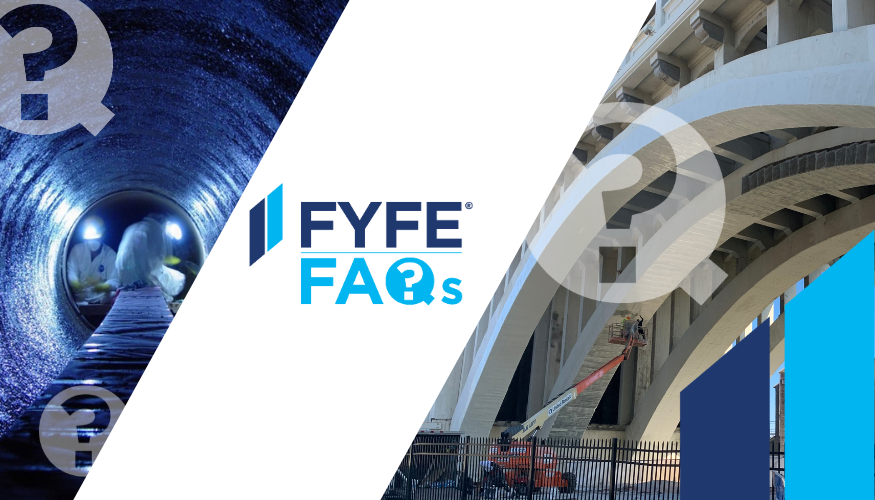
3. How do you design FRP materials to strengthen structural elements?
The Tyfo FRP Systems should be considered the same as any other tension element used to strengthen structures. The main difference is that FRP materials are linear-elastic tension members and we do not use the ultimate tension “strength” in design. The basic design equations and concepts are similar to designing with steel, but with special attention to the service and ultimate strains in the concrete, steel and FRP as they all work together. The design has been validated by hundreds of large and full-scale structural tests completed at laboratories around the world.
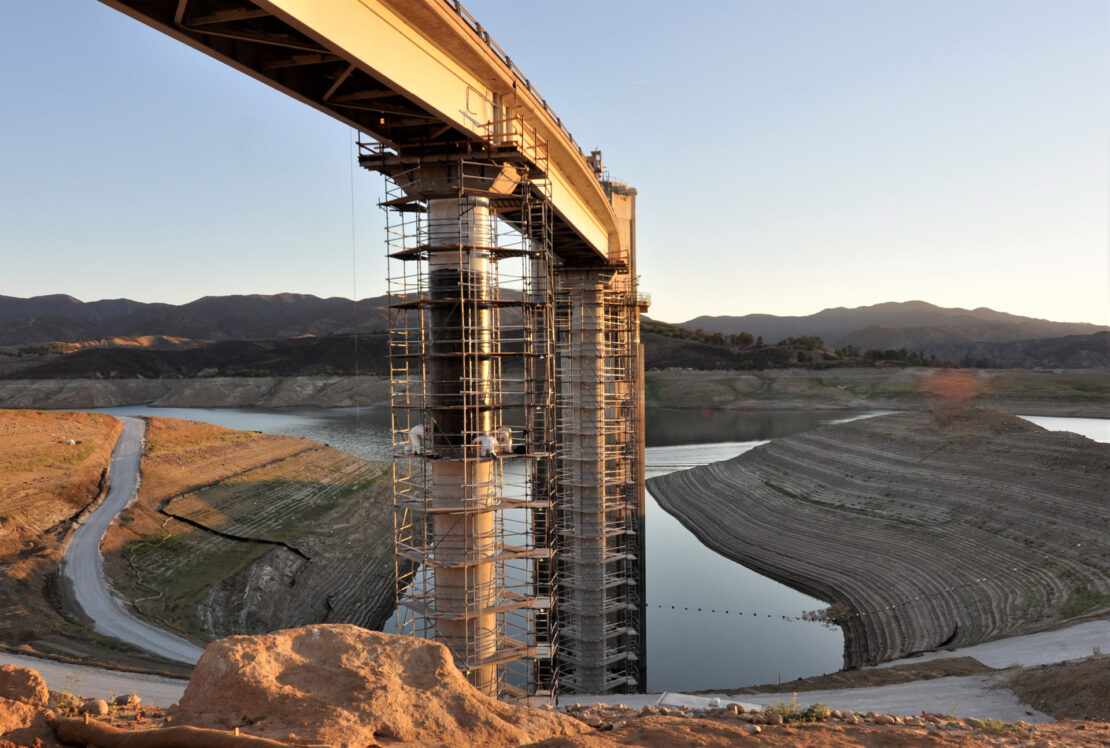
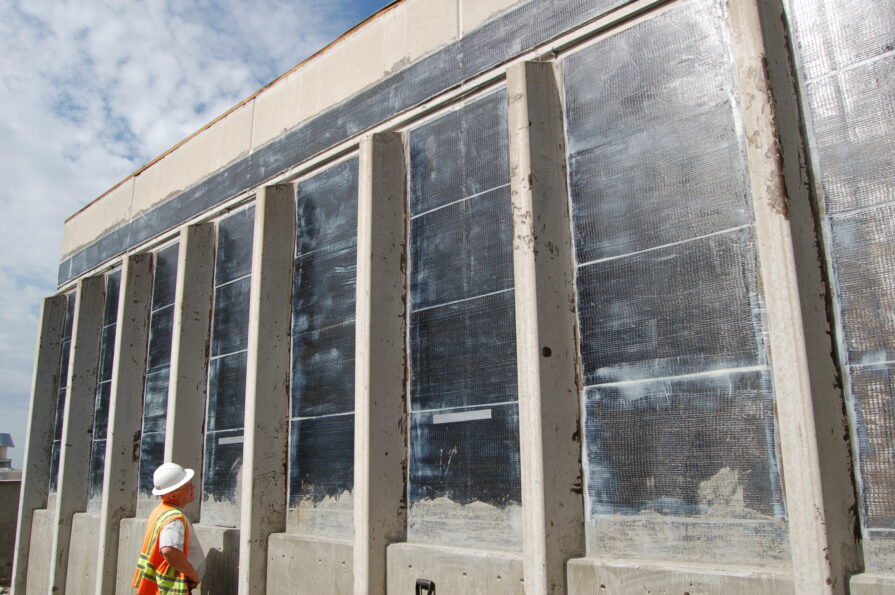
4. What are the different types of FRPs?
There are many different types of FRPs used in many different industries (e.g., aerospace, industrial, recreation and the civil infrastructure). The most common FRP systems used in structural strengthening are composed of either carbon or glass primary fibers. The fibers are constructed into unidirectional or bidirectional fabrics or, in some cases, into precured unidirectional plates or bars. The Tyfo SCH Systems are unidirectional CFRP and the Tyfo SEH Systems are unidirectional GFRP, but there are many other Tyfo Systems specifically designed to address unique structural deficiencies. Fyfe FRP employs a variety of fibers combined with a variety of polymers to address various applications and exposure conditions.
5. What structural elements can be strengthened with FRP?
Tyfo FRP systems provide structural and seismic strengthening for a range of elements such as concrete columns, beams, walls and slabs, as well as masonry walls and some wood and steel elements. Other special applications include pipes, silos, tanks, and piers/waterfront structures.
6. What is an FRP anchor?
An FRP anchor (also referred to as a Fiber Anchor) is typically constructed with carbon or glass fibers that are bundled together to form a rope-like anchor. The embedded Tyfo SCH anchor is saturated with the Tyfo S epoxy and inserted into drilled holes with one end splayed-out and bonded to an FRP laminate on the surface to form an ‘anchor’. Embedded fiber anchors are used to transfer tension forces from the bonded laminate into the substrate. Splice anchors (or through anchors) are splayed onto one laminate, then pass through a hole and are splayed onto another laminate. The splice anchors are used to transfer tension forces from one laminate, through the hole, to another laminate.
7. What is the design life of the Tyfo FRP Systems?
The design goal is the life of the structure. This is typically assumed to be 50 to100 years, as is typical for other building materials such as steel and concrete. Tyfo FRP Systems are inert materials that do not degrade or corrode under most environmental conditions. The design, detailing, workmanship and the finish will dictate the overall durability of the installed FRP systems.
Want to know more about the Tyfo range?
Fyfe is a pioneer in the fiber-reinforced polymer (FRP) structural strengthening industry. We design and manufacturing Tyfo, a system of specialized carbon and glass fabrics, which we combine with polymers to strengthen a wide range of masonry, concrete, steel and timber structures.
8. What is the durability history of the Tyfo FRP Systems?
Tyfo FRP composites have been in service since 1991 on a wide range of interior and exterior applications exposed to the environment, including waterfront and tidal zones. Tyfo products have been installed on thousands of structural elements around the world and have gone through multiple major earthquakes and performed as designed. Our products have also been inspected and tested after many years of exposure and have proven to retain their design properties. In addition, our products have undergone extensive environmental durability testing at multiple universities and accredited laboratories.
9. What can be done about obstacles, existing openings or future penetrations that obstruct the installation of FRP Systems?
In most cases, we can modify the FRP design to accommodate obstacles, existing openings or future penetrations. This is typically done by shifting the FRP location, dividing the FRP width into smaller sizes to fit around obstacles, adding trim reinforcing or by increasing the number of FRP layers installed. In some instances, fiber anchors can be used.
10. What are the considerations for fire-protection of FRP?
Tyfo FRP products do not reduce the existing fire-rating of a reinforced concrete or masonry element (i.e., an existing 2-hour rated slab or wall, still retains that rating). When designing for intermittent loads such as seismic or blast, no special fire-protection is warranted. Some interior locations, such as a paths of egress, may require a Class 1/Class A flame and smoke rating as per ASTM E84. The Tyfo RR finish is often the best choice for these areas. When designing for gravity loads, the engineer-of-record (EOR) needs to check the nominal capacity of the existing element in comparison to reduced service loads. FRP systems used for structural strengthening should not be considered as contributing to the structural capacity during the fire event but there are thermal insulators that can be applied to protect them. Tyfo CFP coating is often the best choice for these areas.
